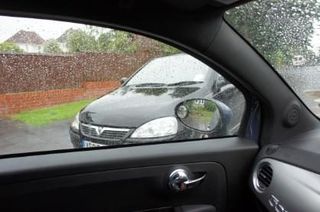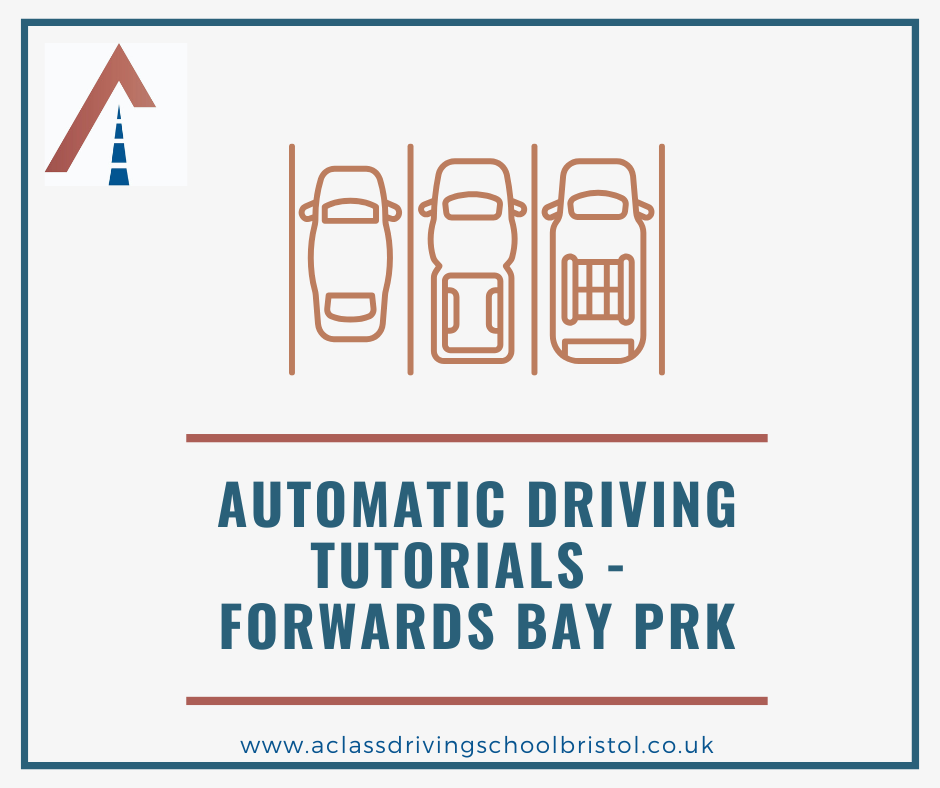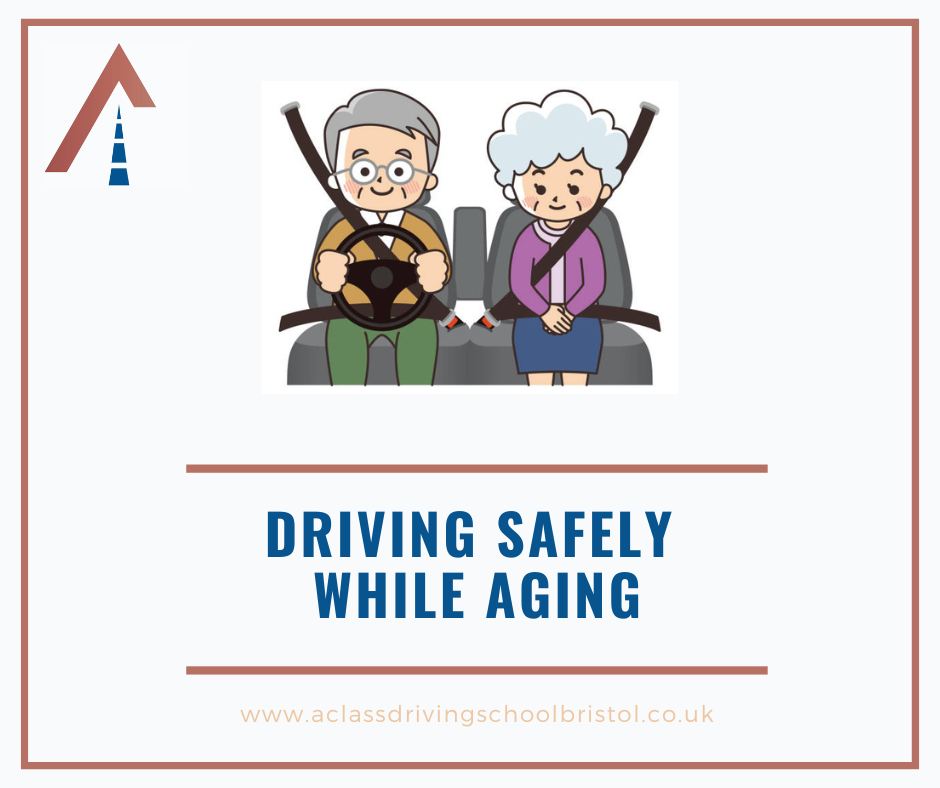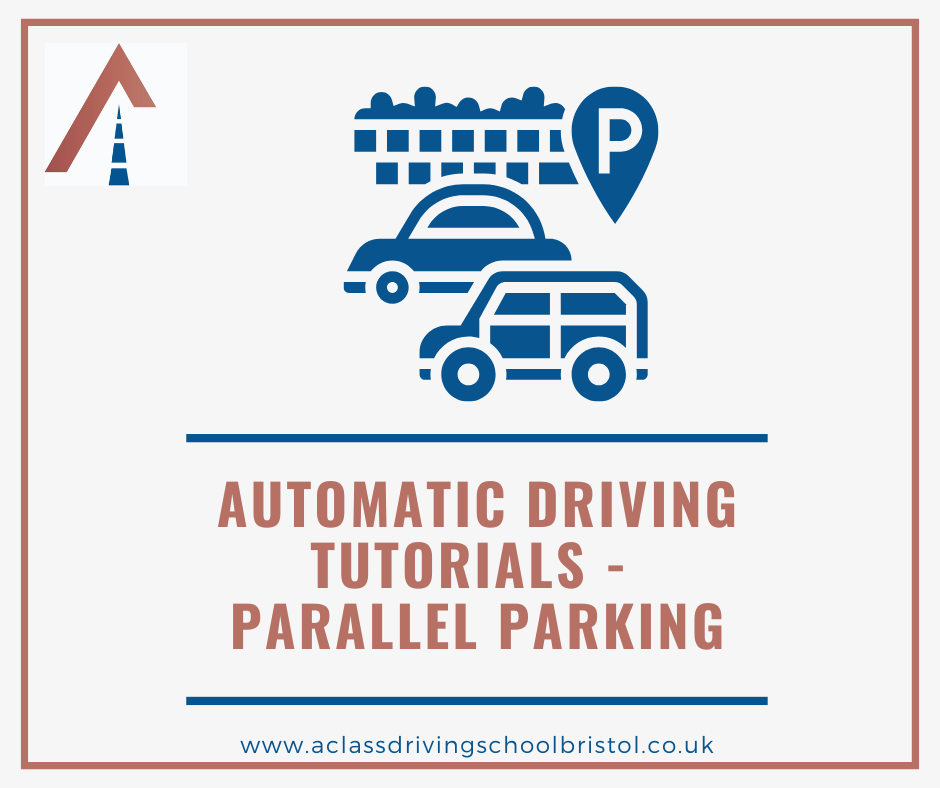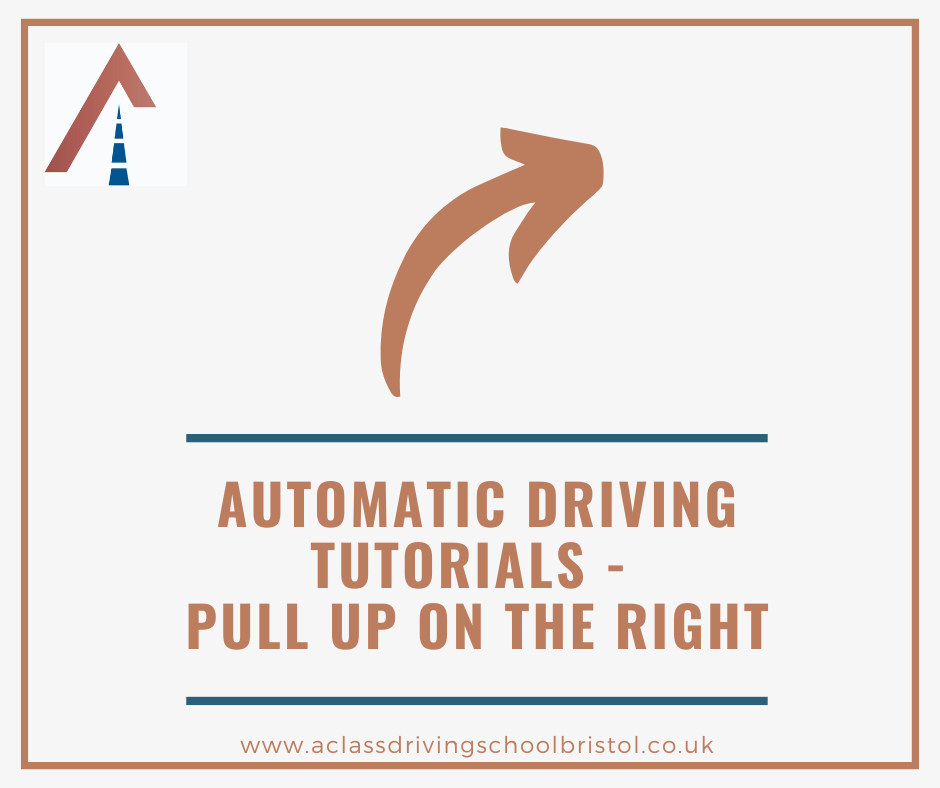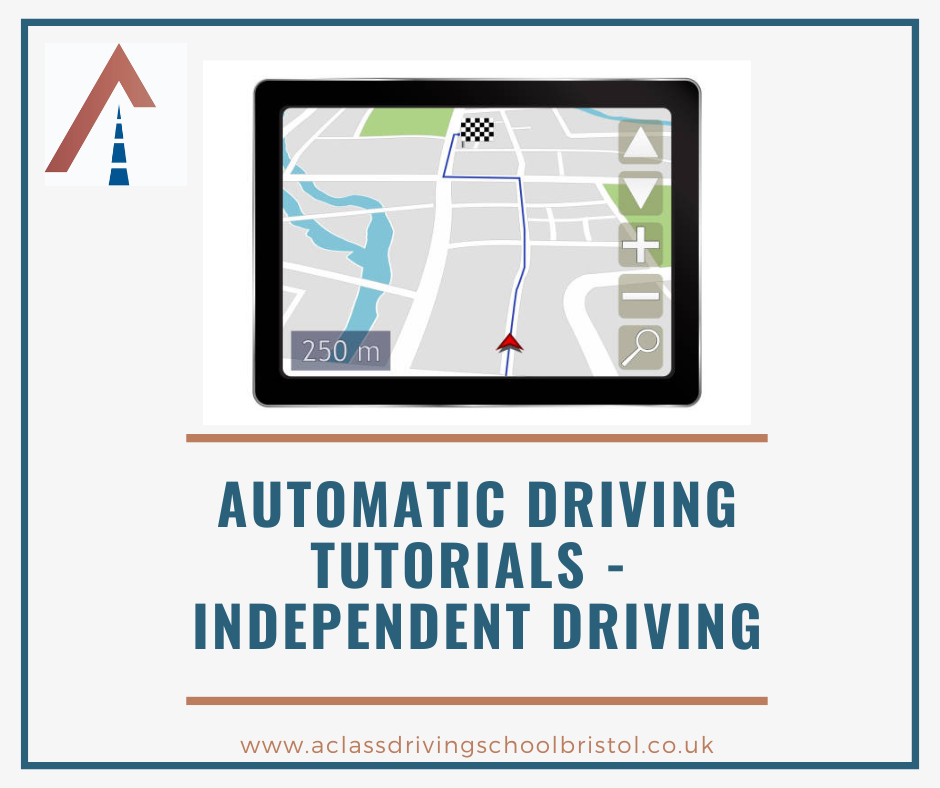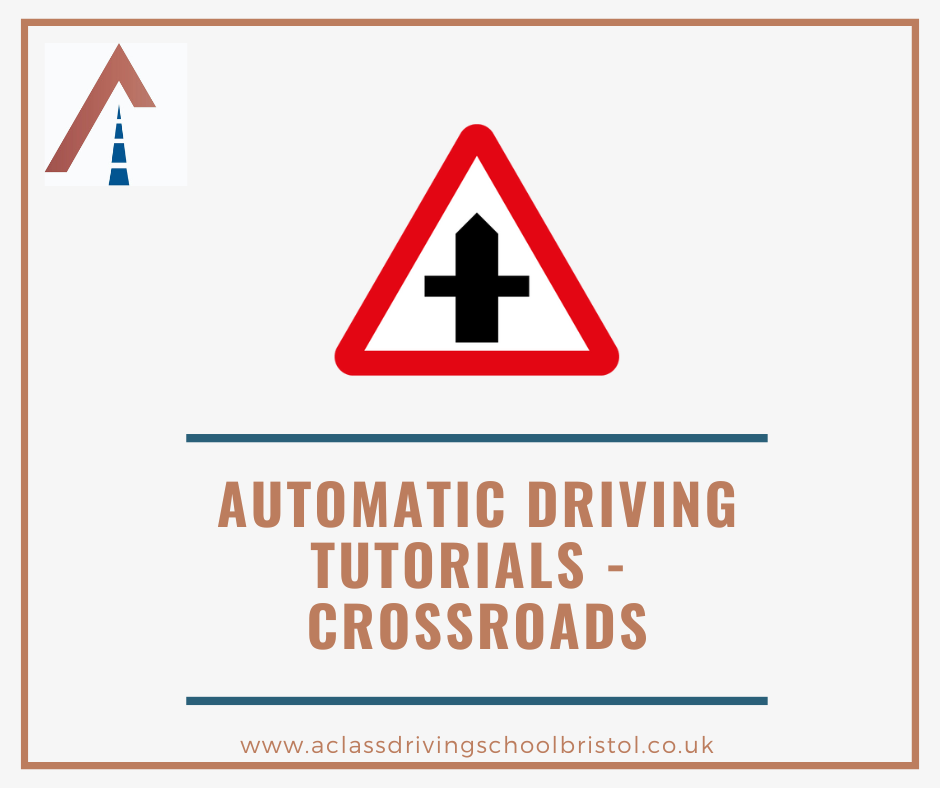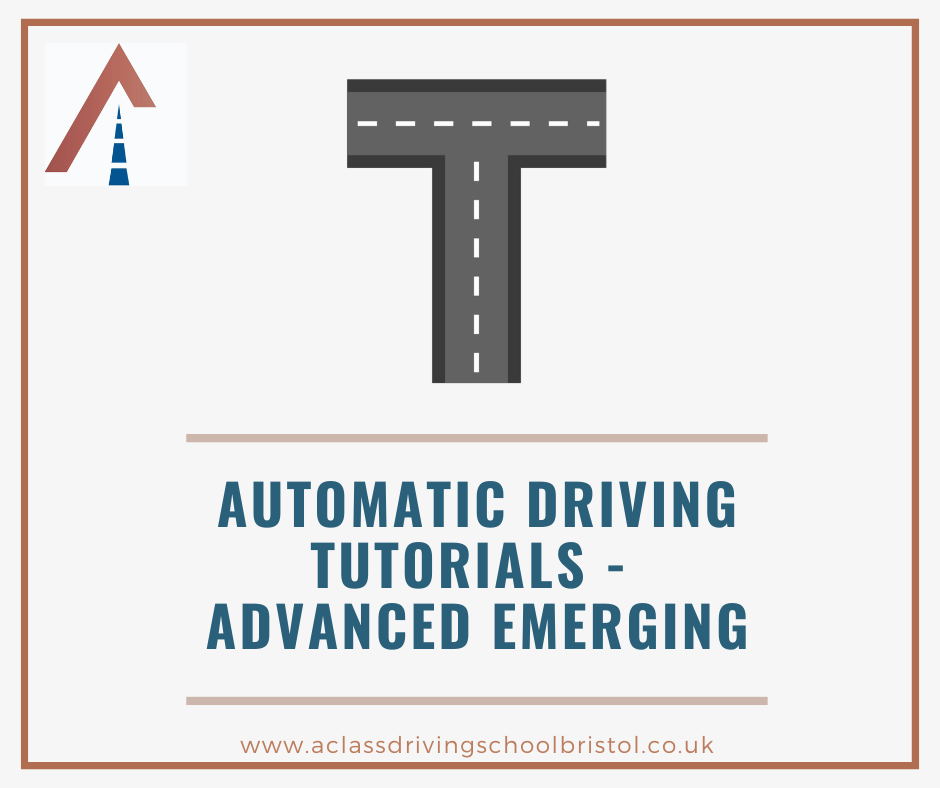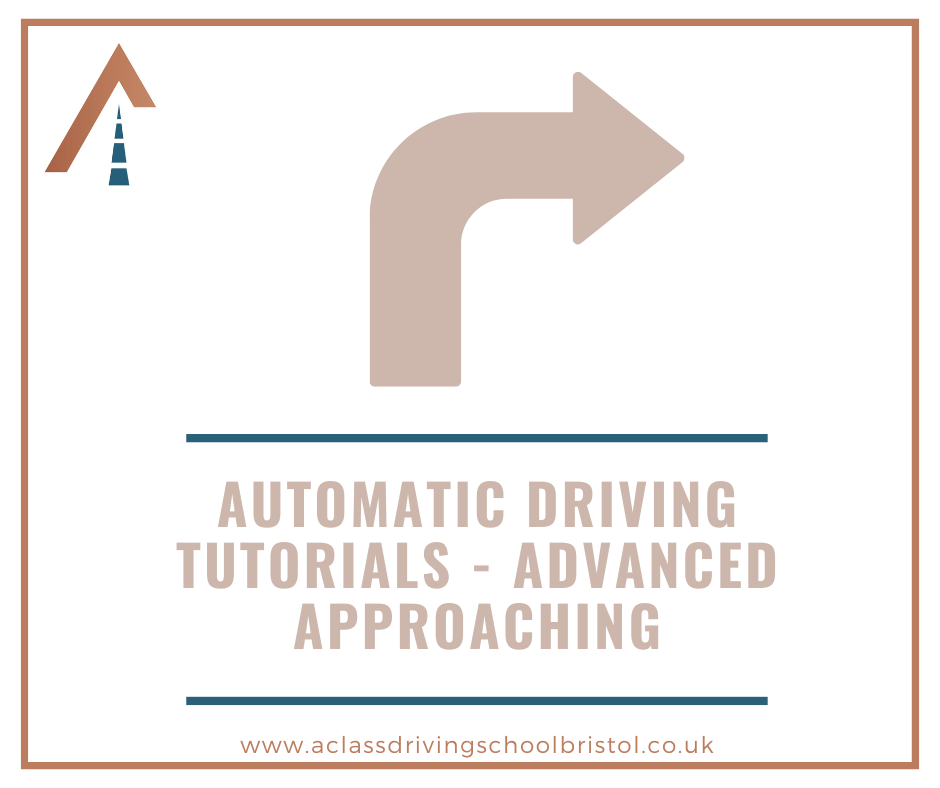Parallel Parking Cheat Sheet
Parallel Parking Cheat Sheet
One of the most feared maneuvers come driving test day is parallel parking. The high level of technical control required plus being on the road under pressure from road users culminate in making this tough for learners. This post is to specifically help clarify (as briefly as possible) to test candidates (and helping parents) what to do to pass this come exam day. More free tutorials (in greater detail and with videos) on all things driving related can be found here.
It's worth clarifying right from the off; the only thing you'll be marked on whilst maneuvering is control and observation. So by stopping regularly, the car's under control, and you can also observe effectively.
How to parallel park
- You'll be asked to pull up on the left well before the car you'll use for the exercise. Give yourself plenty of room to get out.
- POM and try to come out and get in line with the side of the target vehicle ASAP. Then you'll have time to work on the distance between you and the target vehicle as you approach.
- An interior mirror check would be nice here. If suddenly a car appears behind you, signal left to warn them you're doing something unusual.
- Stop 1/2 a car length beyond the end of the target vehicle with 1/2 a meter (width of a steering wheel) between the cars. Being too wide blocks the street, creating pressure on the learner to complete the maneuver quickly.
- POM and come back until your point of turn. You want the ends of the cars level with one another. In many cars this is when the end of their car is in the corner of your back left window. See image below.
- At this point stop. Your all round observation here is very important. It needs to be clear enough for the car to swing out without slowing anything down in either direction. And of course be safe behind you.
- When it's safe, get the car moving and turn the wheel one turn to the left, towards the pavement and the gap you want to go into.
- As the car swings, be observant in all directions until the car reaches a 45 degree angle from where you started from. You'll be pointing diagonally across the street. Stop.
- This is the make or break moment. Ask yourself; is the angle too shallow, too steep or just right? Fix accordingly otherwise you'll be too wide or risk bumping the kerb.
- If you need help with the angle, wait until the corner of the target vehicle is inline with the passenger side door handle.
- POM then as soon as it's safe and the car moves, apply two full turns to the right. The opposite way to before.
- The car will start to swing into the gap. Be ready for the car to roll down the camber, cover the footbrake.
- When you can mistake the car for being parallel to the pavement, take the turn off. That's one turn back to the left.
- Then stop. You're done. Hand brake neutral. Await further instructions.
Remember the sequence
1 left, 2 right, 1 left. Left, right, left, 1, 2, 1.
That's as simple as anyone can possibly make it.
This works for my car, a Fiat 500. You may have to tweak it a little for other vehicles with different wheel bases and turning circles.
For an more in depth description on how to go about this, check out the free tutorial here.


